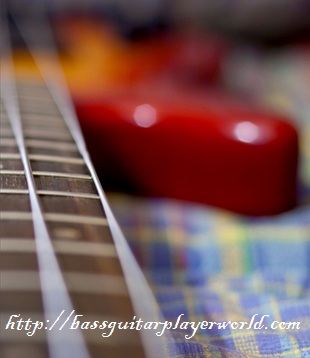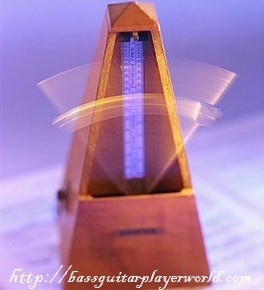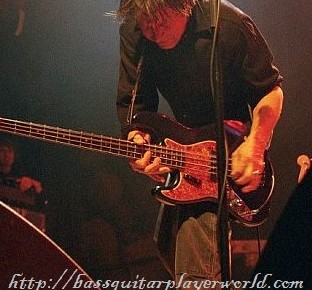Adjusting the Truss Rod in a Bass Guitar’s Neck
 As a musician, keeping your instrument in good shape is part of your job. If you do it wrong, or don’t do it at all, chances are you will wind up spending a whole lot of money on a replacement. If you do it right, and take your time, your instrument will last you a lifetime. In fact, it may even last longer than you do!
As a musician, keeping your instrument in good shape is part of your job. If you do it wrong, or don’t do it at all, chances are you will wind up spending a whole lot of money on a replacement. If you do it right, and take your time, your instrument will last you a lifetime. In fact, it may even last longer than you do!
In this article, we will discuss adjusting the truss rod in bass guitars to keep your bass’s neck in good shape.
When Do You Need to be Aware of the Truss Rod?
Have you ever tried a new set of strings that were a thicker gauge than the ones you usually use? What about ones that were thinner?
Have you ever tuned your instrument to something other than standard E tuning, even if it was just simply dropping the low E string to D? Have you ever raised or lowered your bridge to adjust the action of your bass, bringing the strings further away or closer to the bass guitar’s body?
If you have ever done any of these things (and chances are, you’ve done at least one within the past few months), then you might have neglected something very important; the neck. You may always see your bass guitar as one piece, but it isn’t true; most basses have a bolt on neck. Even the ones that have a neck through body design aren’t entirely one piece of wood.
All of these pieces of wood are under pressure, always. If they weren’t, they wouldn’t hold together. However, too much and too little pressure in certain areas can cause long term damage if you aren’t careful. One of these places is the neck and the problems caused by a warped bass guitar neck.
Problems Caused by Incorrect Pressure of the Truss Rod
 Neck bowing or neck “bulging” can be the product of many different things. In fact, there are so many that we won’t bother explaining them all. We will, however, help you to fix them. Look at the headstock of your bass. You may notice a piece of plastic, just above the nut, under the strings. This is the truss rod cover. Take it off. You’ll see a rod with a hexagonal head. This is the truss rod.
Neck bowing or neck “bulging” can be the product of many different things. In fact, there are so many that we won’t bother explaining them all. We will, however, help you to fix them. Look at the headstock of your bass. You may notice a piece of plastic, just above the nut, under the strings. This is the truss rod cover. Take it off. You’ll see a rod with a hexagonal head. This is the truss rod.
If your neck if bulging outwards in the center (toward the twelfth fret), you will need to loosen this. If it is dipping downwards (also toward the twelfth fret), you will need to tighten this.
When adjusting the truss rod, you need to be very careful. Never make more than a quarter turn adjustment at a time. This is because, in this case especially, a little truly does a lot. While adjusting, be sure to keep your bass guitar at a slight angle from your body so that you can see the change in the neck relief.
Once you are finished tightening or loosening the truss rod, put the cover back on and you’re ready to play.
Seek Professional Help If You Can’t Do It Yourself
Adjusting the truss rod in bass guitars can be stressful. You’ve seen that it is an easy process, but it does so much that some people get very, very nervous. If this is you, it may be best to bring your bass into a reputable shop and have a professional handle it to avoid any possible damage caused by nerves. Good luck!
Check Out The Best Way to Learn Bass Online
If you want to go from being an average bassist to achieving a level of bass playing like a professional, JamPlay is the best resource to help you accomplish that goal in the shortest possible time. Learn from bass legends like Billy Sheehan, David Ellefson and Bryan Beller with an ever-growing library of video lessons designed to help you improve your skills.
Related Articles
Comments are closed.





